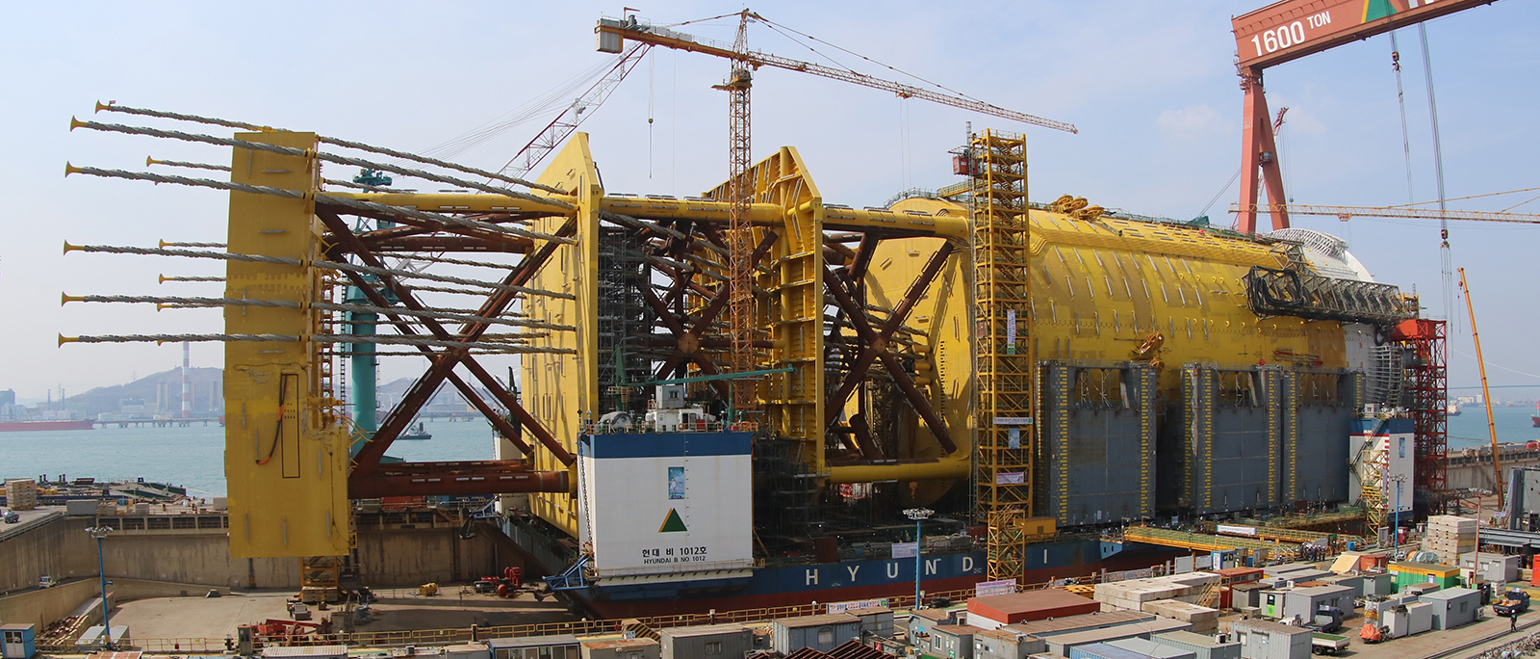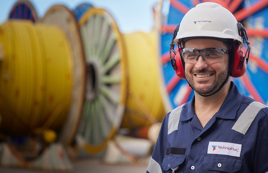News - Press Release

Statoil’s 2012 award of the first spar platform for its Aasta Hansteen field development in the northern Norwegian Sea provided the first opportunity to build a spar platform with pull tubes and steel catenary risers in this location.
The contract, awarded to a consortium composed of TechnipFMC and Hyundai Heavy Industries, covers engineering, procurement, construction, and transportation of the spar hull and its mooring systems at a depth of about 1,300 m (4,250 ft).
It was the first time a spar hull was designed and built to NORSOK and other specific Norwegian requirements. In particular, the platform had to be built to survive 10,000-year storm conditions and continue producing during 100-year storms with no need for evacuation. The design also had to accommodate more extreme environments and higher fatigue utilization than in the Gulf of Mexico (GoM).
While the absence of strong ocean currents like the Loop Current in the GoM removed the requirement for strakes on the hull for control of vortex-induced motions, the design needed to incorporate new technical solutions such as an elevator in the moonpool access shaft.
The spar platform will provide 25,000 cubic meters of storage for condensate and an offloading system to dynamically position tankers, making it a floating production storage offloading system — another first for a spar. The space requirement for the segregated storage, along with a 24,000-ton topside, made the Aasta Hansteen Platform the largest truss spar hull at 198 m long and 50 m in diameter, with total displacement of 146,000 tons.
The hull was built in South Korea by the consortium partner HHI (Hyundai Heavy Industries) and is being transported to Norway on the Vanguard heavy transportation vessel. In Norway, the topsides will be installed by floatover in a fjord before being towed 500 nautical miles to the site, a process that will take about 10 days. This spar is the 16th of 19 executed worldwide by TechnipFMC, the world leader in spar design and delivery.
In addition to the northern Norwegian Sea, spar hulls with storage may find favor in the high-latitude deeper waters of the Barents Sea, due to their ability to support steel catenary risers in harsh weather, and the presence of fjords for floatover installation of pre-commissioned topside facilities. The fjords also allow the spars to be fabricated in the vertical from concrete using a constant cross-section slip form, making them attractive for use off Norway and eastern Canada, the latter area presenting the challenge of ice.
TechnipFMC acknowledge the Aasta Hansteen License Partners, Statoil, OMV, Wintershall and ConocoPhillips for permission to publish this article.
More news
-

News | May 06, 2025
TechnipFMC Advances Hybrid Flexible Pipe Technology Innovation in Collaboration with Petrobras
-

News | March 18, 2024
Inside HISEP® – How TechnipFMC is taking dense gas separation and storage fully subsea
-

News | October 19, 2023
TechnipFMC wins NOIA ESG Excellence award